Do Bengal Cats Shed? Everything You Need to Know
Introduction
Bengal cats are known for their striking beauty and wild appearance, reminiscent of their ancestor, the Asian leopard cat. If you’re considering adding a Bengal cat to your family, one of the questions you might have is, “Do Bengal Cats Shed?” Shedding is a natural process in cats, and it’s essential to understand the shedding characteristics of Bengal cats to make an informed decision. In this comprehensive guide, we will delve into the topic of Bengal cat shedding, shedding factors, grooming tips, and how to manage shedding effectively. Let’s explore the fascinating world of Bengal cat shedding together!
Understanding Bengal Cat Shedding
Like any other domestic cat, do bengal cats shed. Shedding is an inherent and normal process where cats shed their old or damaged fur to make way for new hair growth. However, the amount of shedding and the frequency can vary among different cat breeds, including Bengal cats. Bengal cats have a short, dense coat with a luxurious texture, and they shed less compared to long-haired breeds like Persians or Maine Coons.
Bengal cats have a unique coat that comes in different patterns, such as spotted or marbled, and various colors, including brown, silver, and snow. Their coat consists of two layers: an undercoat that provides insulation and an outer coat that protects them from the elements. While Bengal cats are not considered heavy shedders, they do experience seasonal shedding and may shed more during the spring and fall months when the weather changes.
Factors Affecting Bengal Cat Shedding
Bengal cats are known for their unique and beautiful coats, which often spark curiosity about their shedding tendencies. While Bengal cats are generally considered low shedders compared to other breeds, there are several factors that can influence their shedding patterns. Understanding these factors can help you better manage your Bengal cat’s shedding and maintain a healthy coat. Let’s explore some of the key factors affecting Bengal cat shedding:
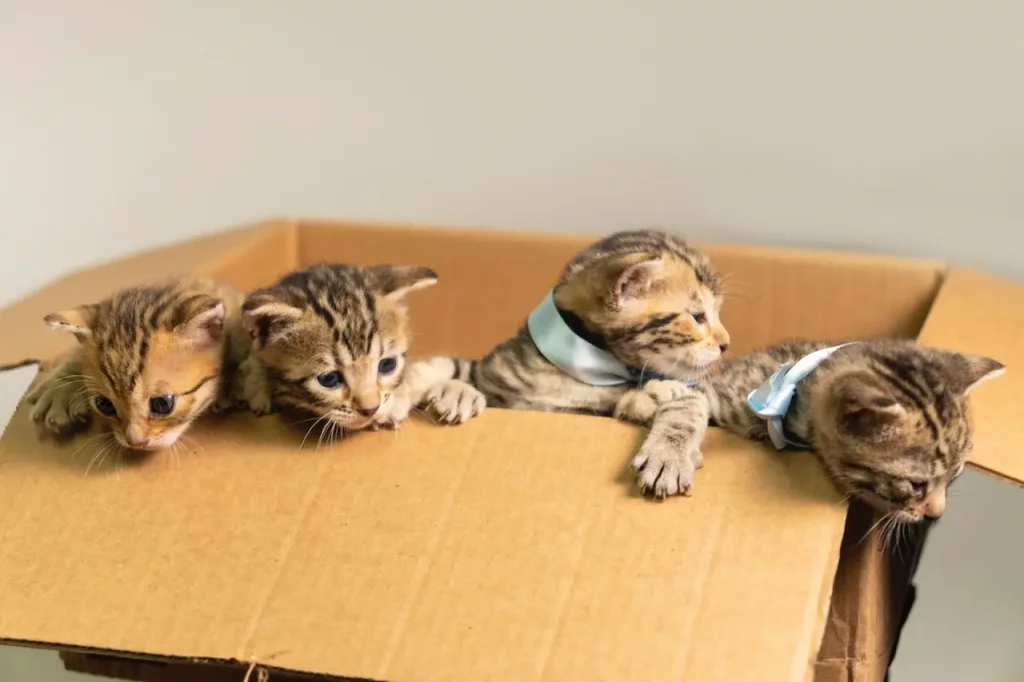
- Genetics: The shedding tendencies of Bengal cats can be influenced by their genetic background. Bengal cats have wild ancestors, including the Asian leopard cat, which contributes to their distinct coat patterns. Some Bengal cats may have more undercoat, which can lead to increased shedding, while others may have coats with minimal undercoat, resulting in less shedding. It’s important to note that individual variations can occur within the breed.
- Seasonal Changes: Like many other animals, Bengal cats experience seasonal shedding. They tend to shed more during spring and fall, commonly referred to as the shedding seasons. During these times, Bengal cats shed their winter coat to prepare for warmer or colder weather. Increased daylight hours and temperature changes can trigger shedding. Regular grooming during these seasons can help manage shedding by removing loose hair.
- Health and Diet: The overall health and diet of your Bengal cat play a significant role in their shedding patterns. A balanced and nutritious diet provides the essential nutrients needed for a healthy coat. Feeding your Bengal cat high-quality cat food that contains omega-3 fatty acids, biotin, and other essential vitamins and minerals can promote healthy skin and reduce excessive shedding. If your Bengal cat’s diet is lacking in important nutrients, it may lead to dry or flaky skin, resulting in increased shedding.
- Stress and Anxiety: Stress and anxiety can also impact a Bengal cat’s shedding. Changes in the environment, such as moving to a new home or the introduction of a new pet, can cause stress and trigger excessive shedding. Providing a calm and secure environment for your Bengal cat, along with plenty of mental and physical stimulation, can help reduce stress-related shedding.
- Grooming Practices: Regular grooming is essential for managing Bengal cat shedding. Brushing your Bengal cat’s coat helps remove loose hair and prevents it from ending up all over your furniture and clothes. Use a soft-bristle brush or a grooming glove to gently brush your Bengal cat’s coat. Not only does this minimize shedding, but it also stimulates the production of natural oils, which keeps the coat healthy and shiny.
- Health Conditions: Certain health conditions can contribute to increased shedding in Bengal cats. Skin allergies, parasitic infestations, hormonal imbalances, or underlying medical conditions can affect the health of your Bengal cat’s coat and lead to excessive shedding. Regular visits to the veterinarian will help identify any underlying health issues and ensure proper treatment.
Grooming Tips for Managing Bengal Cat Shedding
Bengal cats are known for their beautiful and distinctive coats. While they are generally considered low shedders compared to other breeds, regular grooming is still necessary to maintain their coat’s health and minimize shedding. Here are some grooming tips to help you manage Bengal cat shedding effectively:
Brushing: Regular brushing is one of the most important grooming practices for managing Bengal cat shedding. It helps aids in the removal of loose hair, promotes the distribution of natural oils, and helps prevent matting. Use a soft-bristle brush or a grooming glove to gently brush your Bengal cat’s coat. Start with short, gentle strokes, following the direction of hair growth. Pay extra attention to areas where tangles or mats are likely to occur, such as behind the ears and under the armpits. Brushing two to three times a week is usually sufficient, but you may need to increase the frequency during shedding seasons.
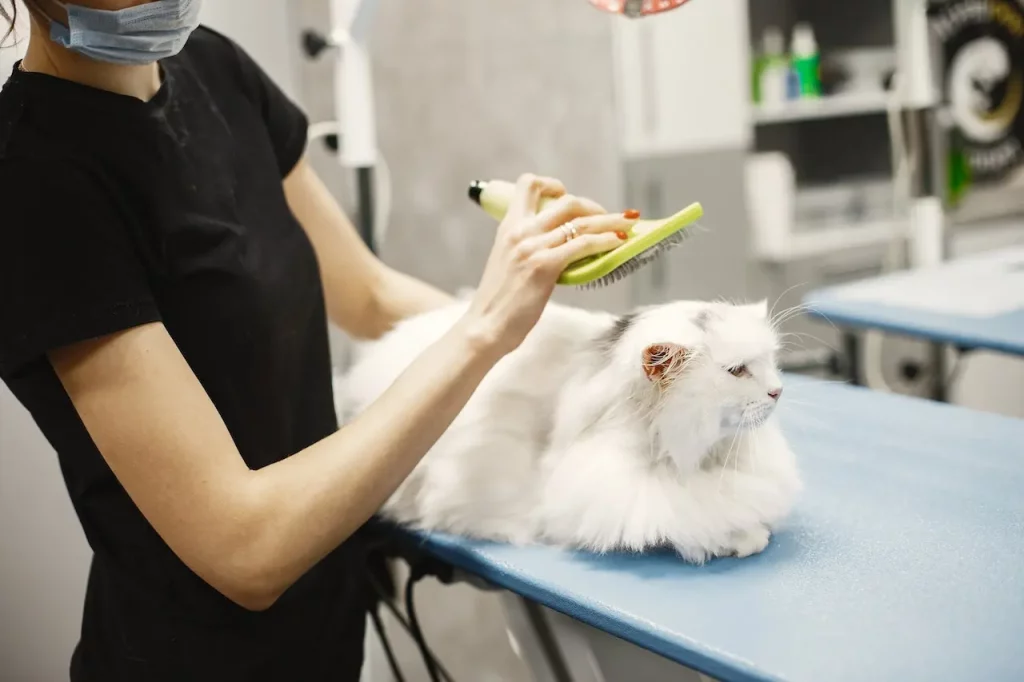
Bathing: Bengal cats are typically meticulous groomers and may not need regular baths. However, periodic bathing can be beneficial in minimizing shedding by eliminating loose hair and maintaining a clean coat. It is advisable to utilize a cat-specific shampoo and adhere to the bathing guidelines provided by your veterinarian. It is important to avoid excessive bathing as it can strip the natural oils from your cat’s skin, causing dryness and potentially increasing shedding.
Nail Trimming: Regular nail trimming is an essential part of grooming for any cat, including Bengals. Sharp nails can cause unintentional scratching and damage to the coat, leading to increased shedding. Use cat-specific nail clippers or a grinder to trim your Bengal cat’s nails. Take care not to cut into the quick, which can cause bleeding and discomfort. If you are uncertain or uneasy about trimming your cat’s nails, it is advisable to seek assistance from a professional groomer or consult your veterinarian..
Ear Cleaning: Bengal cats have relatively large and upright ears, making them prone to dirt and wax buildup. Regular ear cleaning helps prevent infections and discomfort, which can indirectly affect shedding. It is advisable to utilize an ear cleaner that is recommended by a veterinarian. Proceed to delicately cleanse the external ear using a gentle cloth or cotton ball. Avoid inserting anything into the ear canal, as it can cause injury. If you notice any unusual discharge or your cat shows signs of ear discomfort, consult your veterinarian.
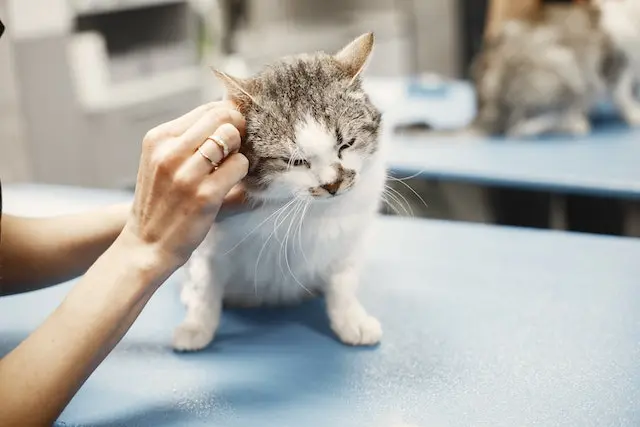
Dental Care: Good oral hygiene is crucial for overall health, including coat health. Poor dental hygiene can lead to gum disease and other dental issues, which can cause stress and indirectly impact shedding. Brush your Bengal cat’s teeth regularly with a cat-specific toothbrush and toothpaste recommended by your veterinarian. Additionally, consider providing dental treats or toys that help promote healthy teeth and gums.
Environmental Enrichment: A stimulating environment is essential for keeping your Bengal cat mentally and physically engaged, which can help reduce stress-related shedding. Provide scratching posts, interactive toys, and climbing structures to satisfy their natural instincts and keep them active. Regular play sessions and attention from you will also contribute to a happier and healthier Bengal cat.
Regular Vet Check-ups: Ensure to establish regular appointments with a veterinarian to oversee the overall well-being of your Bengal cat and tackle any underlying factors that may contribute to excessive shedding. Your veterinarian can offer valuable advice on grooming techniques, suggest dietary adjustments if needed, and detect any skin or coat conditions that require appropriate care.
Remember, each Bengal cat is unique, and their grooming needs may vary. Pay attention to your cat’s coat condition, behavior, and any changes in shedding patterns. If you notice excessive shedding or any signs of skin irritation, consult your veterinarian for a proper diagnosis and appropriate treatment. With proper grooming and care, you can effectively manage Bengal cat shedding and enjoy a beautiful and healthy coat.
Conclusion
In conclusion, while Bengal cats do shed, their shedding is generally less compared to long-haired breeds. Factors such as coat length, seasonal changes, health, and stress can influence their shedding patterns. By following grooming tips like regular brushing, providing a healthy diet, and creating an enriched environment, you can effectively manage Bengal cat shedding. Remember, shedding is a natural process for cats, and with proper care and attention, you can maintain a clean and fur-friendly home while enjoying the company of your beautiful Bengal companion.
Frequently Asked Questions
Q. Do Bengal cats shed?
Yes, Bengal cats do shed, but their shedding is generally less compared to some other cat breeds.
Q. How much do Bengal cats shed?
The shedding amount can vary among individual Bengal cats. Overall, they have a medium to low level of shedding.
Q. Are Bengal cats hypoallergenic?
No, Bengal cats are not considered hypoallergenic. While they may produce fewer allergenic proteins than some other cat breeds, they can still cause allergic reactions in sensitive individuals.
Q. When do Bengal cats shed the most?
Bengal cats tend to shed more during the changing seasons, such as spring and fall, when they naturally shed their old coat to make way for a new one.
Q. Are there any specific grooming techniques for Bengal cats?
Bengal cats have a short, dense coat that is relatively easy to groom. Regular brushing with a soft-bristle brush or a grooming glove can help remove loose hair and distribute natural oils throughout the coat.

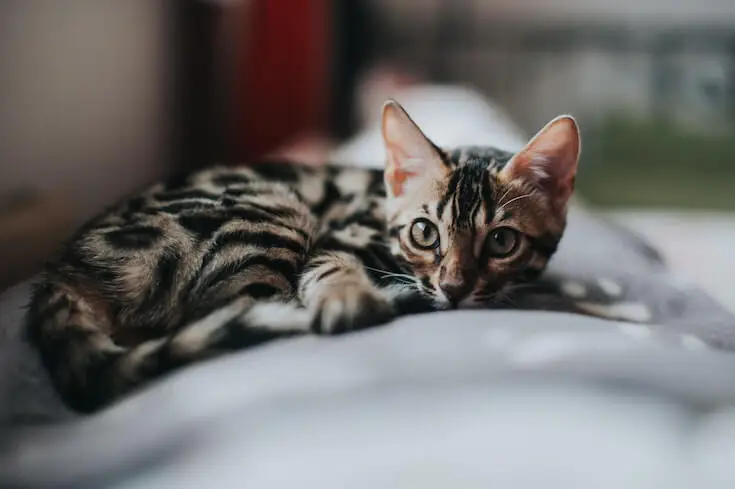



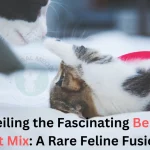
2 thoughts on “Do Bengal Cats Shed? Everything You Need to Know”
Comments are closed.